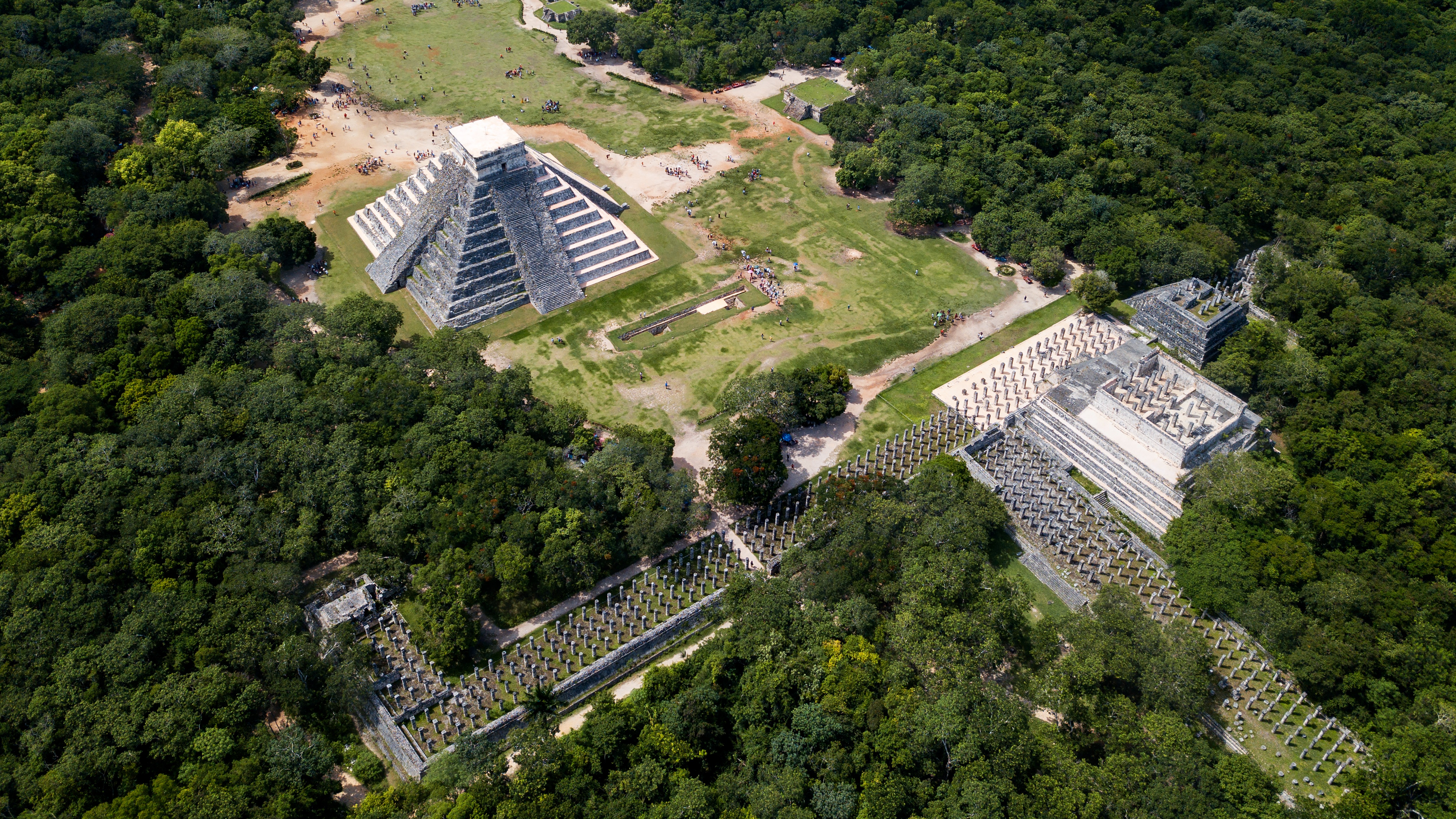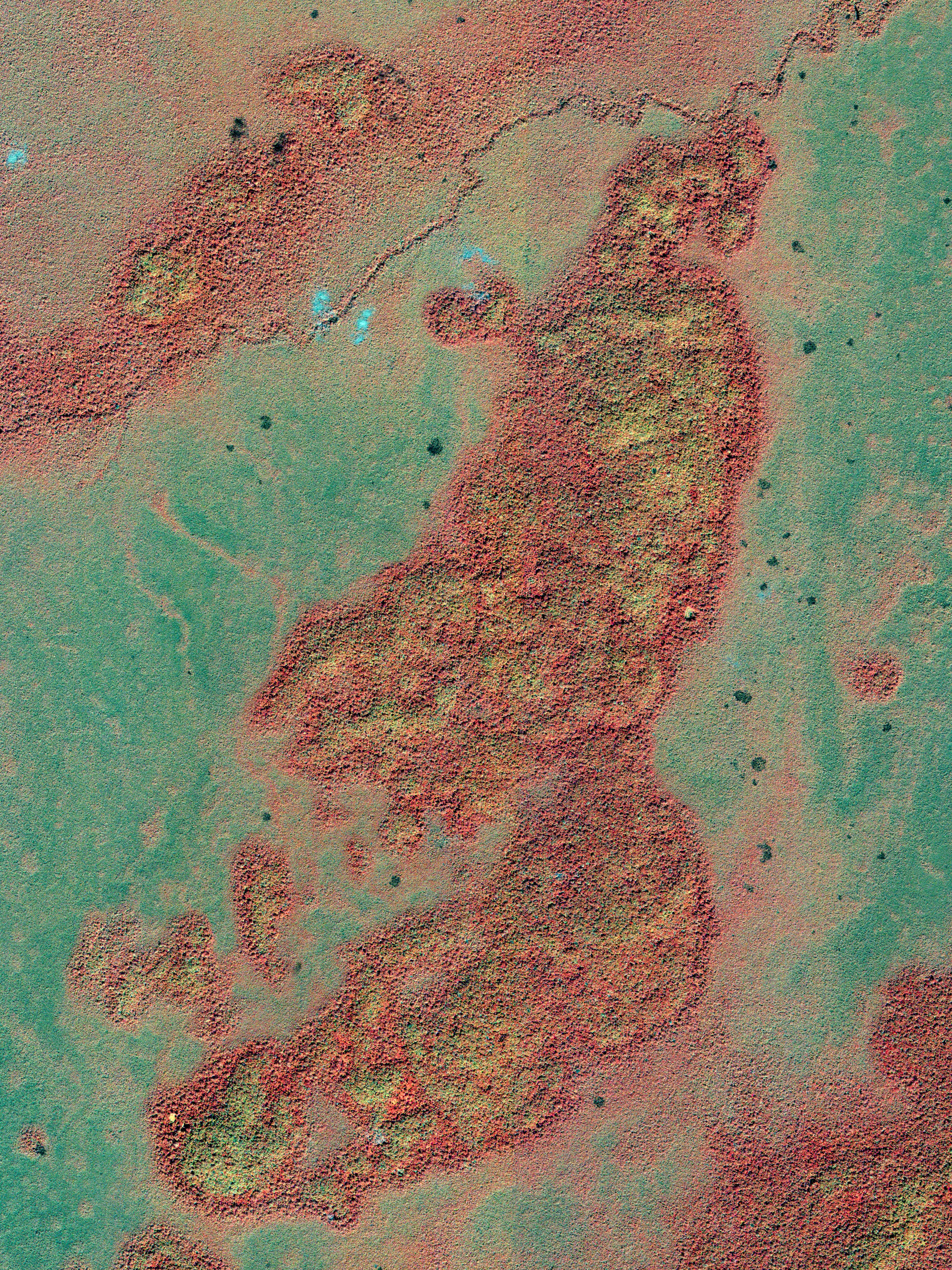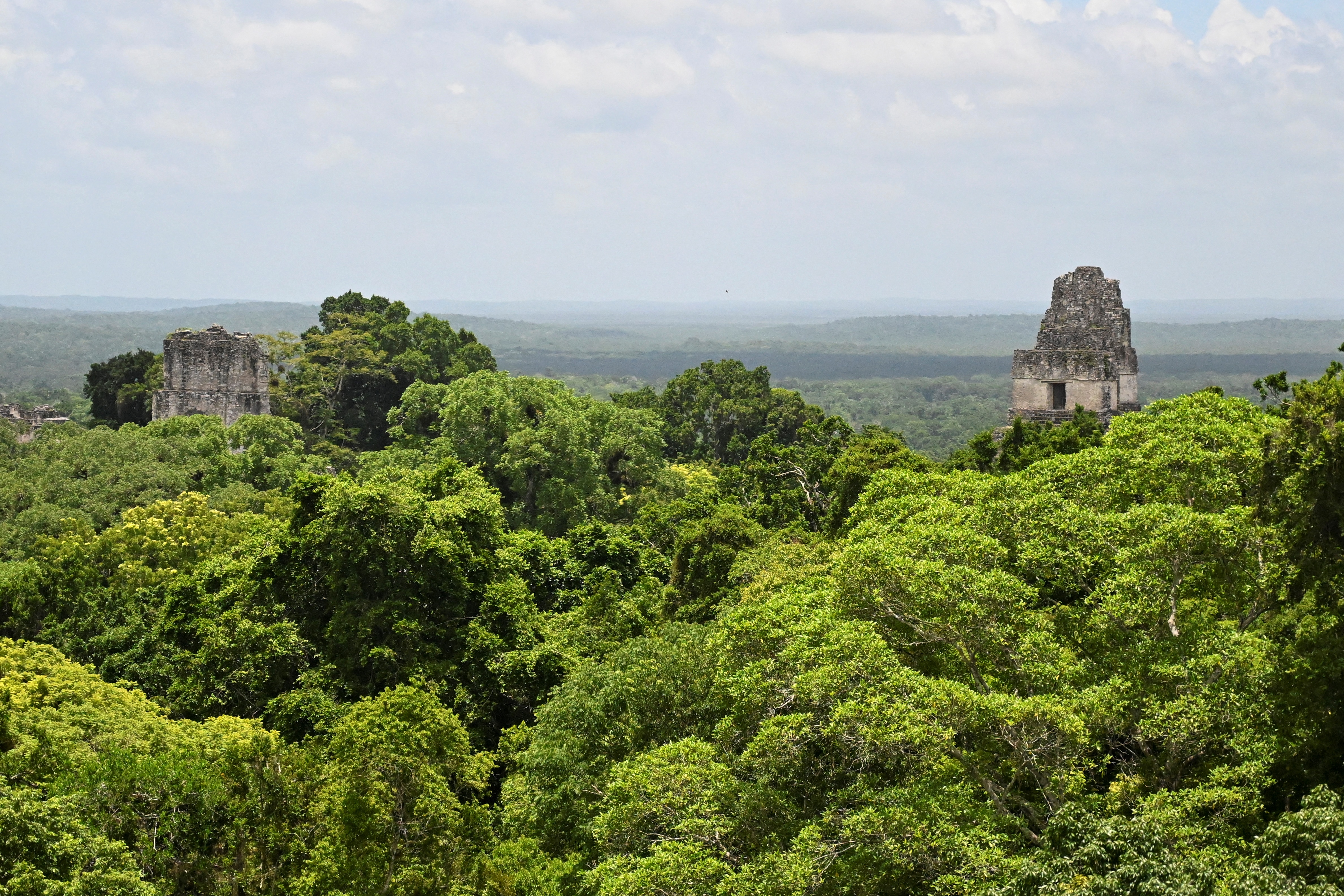
Satellites are helping scientists spot more ancient Mayan ruins than ever before, which is no small feat considering how thick the forest is in the indigenous group's ancestral lands.
"Archeologists have mapped more Mayan sites, buildings and features in the past 10 years than we had in the past — preceding — 150 years," Brett Houk, an archaeology professor at Texas Tech University, told attendees at a NASA-led space archaeology conference Sept. 18 to which Space.com received an exclusive invite.
Archaeologists are finding these ruins faster due to better satellite technology. Using a pulsed laser technique called lidar, or light detection and ranging, satellites can peer through the dense canopy surrounding typical Mayan sites, Houk explained at the two-day livestreamed NASA and Archaeology From Space symposium.
Related: How satellites could protect archaeology sites vulnerable to climate change
The Maya are indigenous peoples whose ancestral lands include modern-day Mexico, Guatemala and northern Belize, according to Britannica. Prior to the 16th century, when the Spanish invaded the area, the Maya were the dominant regional group. They created large pyramids and stone structures, managed agriculture and kept records using writing.
Mayan sites such as Chichén Itzá in Mexico are today marked as sites of significant world heritage by UNESCO, the United Nations Educational, Scientific and Cultural Organization. But there are many other Mayan zones that are unexcavated, and even unknown to modern society, given that heavy forest blanketed their buildings after the sites were abandoned.

Houk alluded to "new lidar missions" — their names are currently embargoed as the team finishes peer-reviewed publications — that are helping his team, whose work is co-led by the University of Texas' Amy Thompson. The satellites are helping the scientists pick up more ruins across a swath of permitted territory in northeastern Belize.
The survey covers a region about 10 times the size of Manhattan: 250 square miles (650 square kilometers). It's rich in ruins. The team found 28 more monumental sites "in just a couple of days in the lab, staring at the data," as Houk says, and are planning to follow up on some of the areas with excavations. One planned for next summer will examine canal and water management in the region, for example.

Mayan society not only altered due to pressure from the Spanish, but also as a result of ongoing climate change, as far as numerous studies can determine. Human-induced global warming is one of the most pressing issues for societies worldwide today, leading to accelerating floods and extreme weather; examining Mayan technology may therefore help bring their ancient "lessons learned" to today.
"People and communities adapted to changing environmental conditions and rainfall, designing what appears to be a resilient mosaic of land use," said Tim Murtha, of the University of North Carolina at Charlotte, speaking of his own team's independent space study of Mayan technology. Examples included corn-growing terraces, and catchments for conveying and storing water in drought conditions.
Small satellites provide more opportunities for examining Earth's surface, as they tend to fly closer to our planet; higher orbits require more fuel and money. Flyovers, or "revisits" as the industry terms it, are therefore more frequent with a diminutive cubesat than a larger satellite peering at Earth from a slightly higher altitude.
Other conference presenters paid tribute to companies such as Planet Labs, which have provided some Earth observations particularly valuable for archaeology. But the drawback is cost and access; scientists try to use open data or declassified satellite imagery where possible, as satellite companies also focus on turning a profit for their investors.
Artificial intelligence could play a role in spotting ruins in satellite pictures down the line, but training and getting access to the appropriate algorithms are also expensive difficulties, presenters said. They asked for more education and accessibility to benefit future archaeology investigations.







